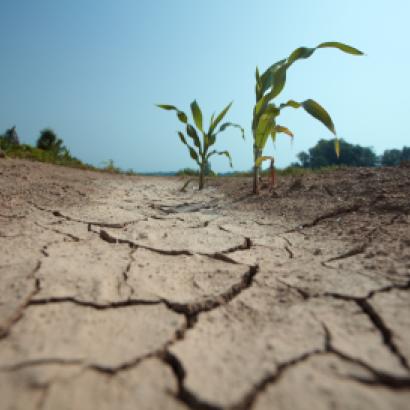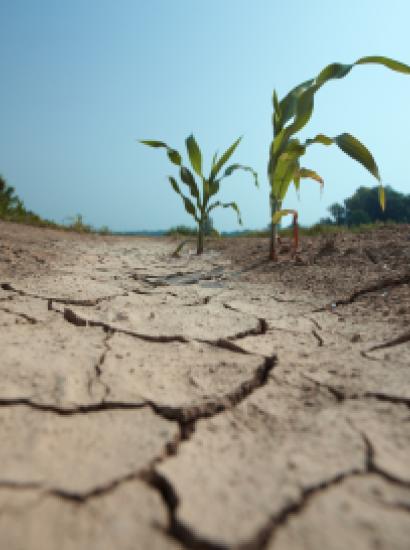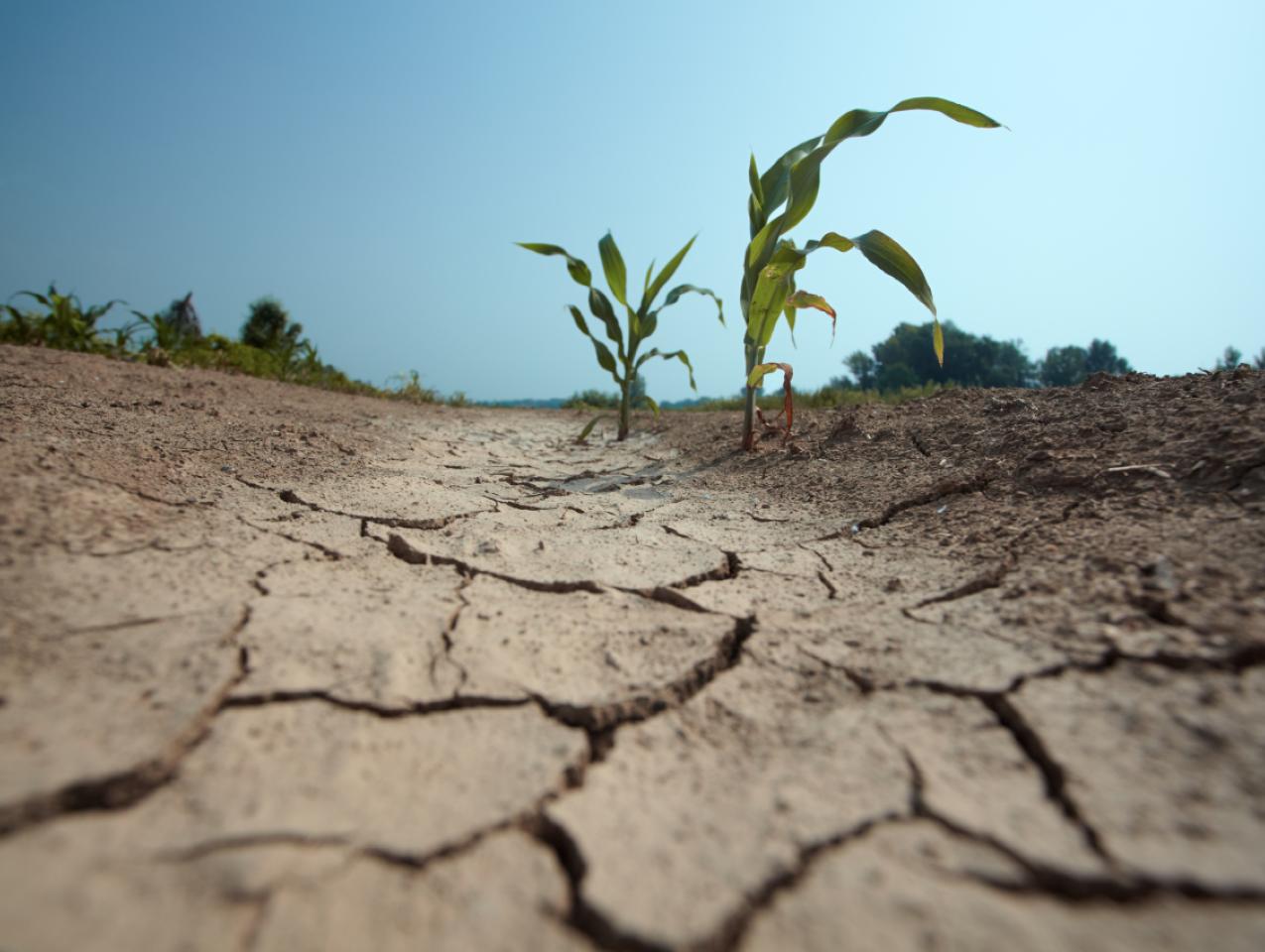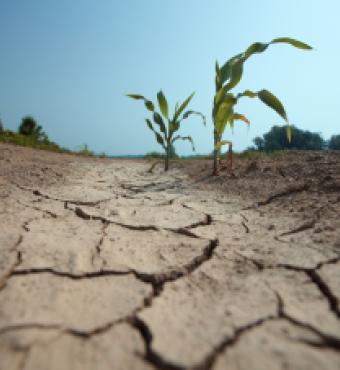Call it coincidence, but a week ago and in this same space I asked if California’s five major-league baseball franchises would be allowed to play their games in front of live audiences this season—a potential headache for California governor Gavin Newsom as he tours the Golden State with the message that better times lie ahead.
A day later, I received an answer: Newsom lifted some coronavirus restrictions on outdoor sports and entertainment venues, clearing the way for fans to reenter ballparks once the regular season commences (Opening Day being April 1).
So this week, let’s go for a doubleheader sweep: can we make it rain?
Granted, I’m beseeching a higher authority than an elected official. Besides, weather is cyclical—especially California’s at this time of year, when it can whipsaw from dry to sopping wet depending on the weather front moving in from the Pacific Ocean. Indeed, in the time it took to draft, edit, and submit this column, my local stretch of California went from bone dry to two days of on-and-off rain, back to arid conditions.
Which has been par for the course for the Golden State in this supposedly “wet” season—more dry days than damp. As of last weekend, Los Angeles and San Francisco reported only 30% of normal seasonal rainfall. On a more ominous note, the water content of California’s Sierra snowpack was barely 60% of average for this time of year. Translation: when spring turns to summer and melted snow is supposed to be running downhill to California’s thirsty population, there will be a lot less water to go around.
As if Newsom didn’t have enough challenges, he may soon inherit a new one: how to wade into a drought without suffering further harm to his already damaged brand.
Newsom already understands the politics of climate in California—not so much lecturing the public about a warming planet as reacting to climate-related disasters (or, in some cases, Newsom doing both). That certainly includes California wildfires, which are fueled in part by extreme hot weather and gusty winds (plus a few man-made blunders like faulty power transmitters and klutzy campers).
And, in the back of his mind, Newsom might be entertaining another thought: job security.
In 2003, Gray Davis was removed from office—ousted in a gubernatorial recall vote, replaced by Arnold Schwarzenegger—thanks to an electorate soured in part by rolling blackouts.
Last summer, amidst wildfires that prompted electricity suppliers to cut back on available power, California saw its first rolling blackout in nearly 19 years.
It’s safe to assume that Newsom doesn’t want to relive that experience—especially if he finds himself, like Davis, the subject of a recall vote. Perhaps it’s not a coincidence that California’s Public Utilities Commission last week proposed ordering the state’s utilities to arrange for more power to be available this summer (if adopted later this month, reserve supplies would climb from 15% to 17.5% of forecast demand).
Unfortunately for Newsom, planning for drought conditions isn’t as fluid, if you’ll pardon the pun.
Just ask his predecessor, Jerry Brown. Nearly six years ago, amidst a four-year drought, Brown ordered the first mandatory water restriction in the state’s history—a 25% reduction on the four hundred water agencies that hydrate roughly 90% of California’s population.
Unfortunately for Brown, in some parts of the Golden State the reaction was “H2-whoa” Some wealthier enclaves actually increased their water use. Fitting for California’s litigious nature, some decidedly non-farm communities found loopholes to get around the restrictions (citing citrus trees on their properties, they took advantage of exemptions for urban water destined for “agricultural” use).
There’s a happy ending to this story—for Brown, that is. The emergency conservation mandates were suspended in May 2016, leaving it to local water districts to decide on supply versus demand levels moving forward. In the San Francisco Bay Area, for example, the principal water districts have indicated that they’ll wait for at least a month after the end of the “wet” season (California’s wintery storms usually end around the first week in April) before imposing mandatory or voluntary water restrictions.
Newsom, like Brown, could intervene and attempt be the voice of reason—in this case, water conservation—if the remainder of March and early April see little in the way of dramatic precipitation for California.
Only, would he?
To watch Newsom govern in the past few weeks is to see a politician in survival mode, even if the fate of the recall is still an unknown (with the March 17 deadline for collecting signatures approaching, the recall organizers claim they have “more than enough” to trigger a special election later this year).
Gone are the days of a business-clad governor’s tedious daily press briefings. In their place: a more casually clad Newsom playing up progress on the vaccination front and suggesting there’s “a bright light at the end of this tunnel” (never mind what the poet Robert Lowell had to say about tunnels and lights and trains).
Having adjusted his pandemic rhetoric to reflect a more optimistic outlook, would Newsom choose to spend the spring and summer channeling Jerry Brown—a world-class scold—and play the role of Carrie Nation when it comes to California’s penchant for watered landscapes, washed cars, and pristine pools?
There’s another watery controversy that could be headed Newsom’s way. Tucked away in this year’s state budget proposal is a suggested 250% increase in California’s boat registration fee (from $20 every other year to $70). Speaking of odd coincidences: in 2003, it was a tripling of California’s vehicle license fee for automobiles—increasing the cost for the average motorist about $158 a year—that served as another nail in the incumbent governor’s political coffin (it’s worth noting, however, as a Twitter connection reminded me: there are nearly 36 million fee-paid registered vehicles in California versus only one million registered boats).
True, most Californians could afford the modest cash amount at stake with the higher boat registration. However, the ask will come while the state’s already running a fiscal surplus that could approach $19 billion by this summer.
It’s all the more reason to wonder why Newsom would want to wade into such liquid controversies.
If the governor is looking at relative calm seas this summer—better COVID numbers, society returning to a semblance of its former self—why risk the political H2-woe?
















